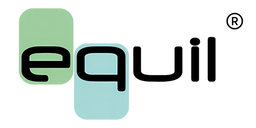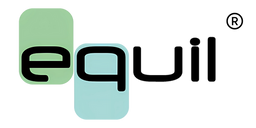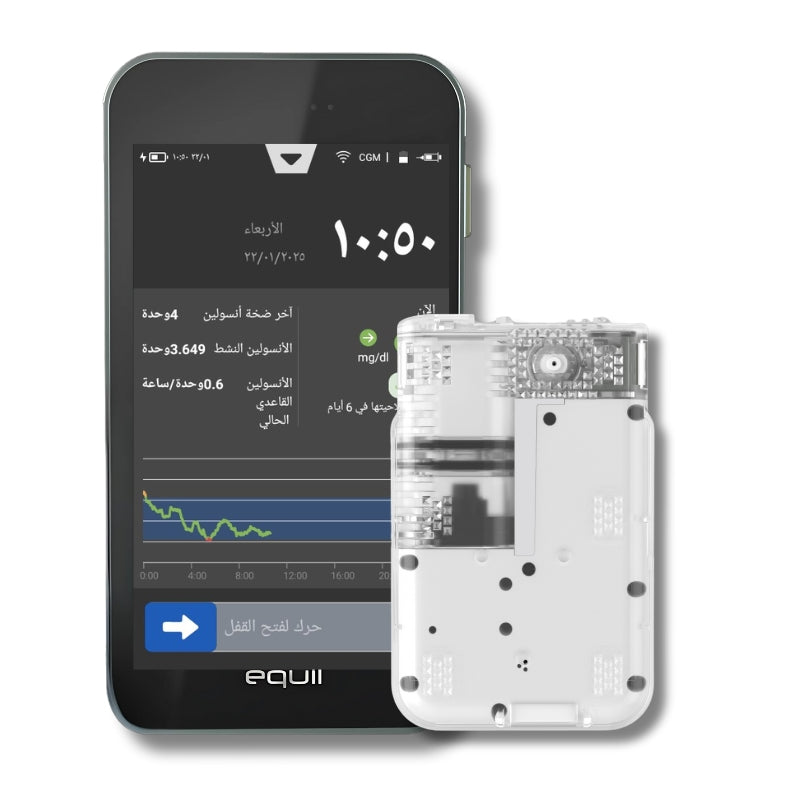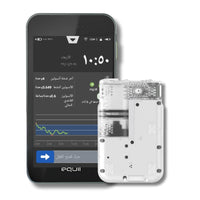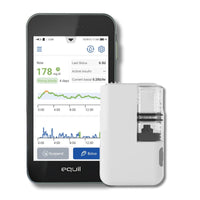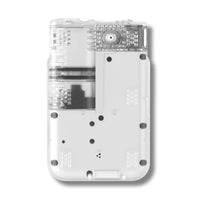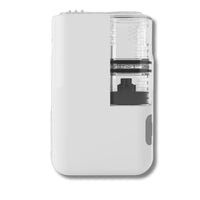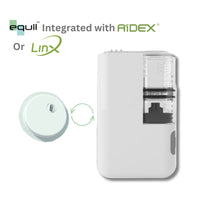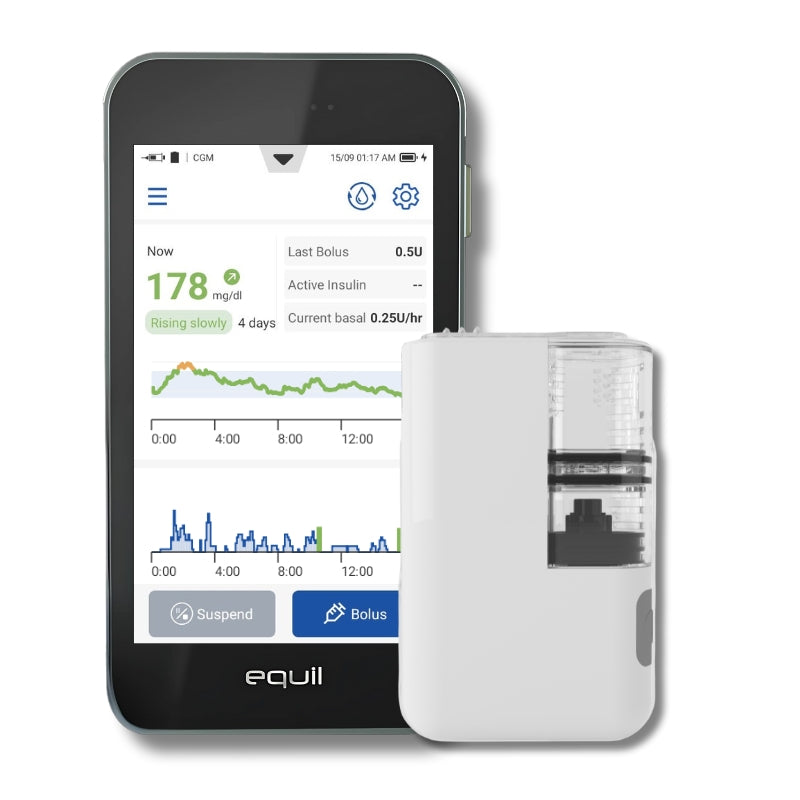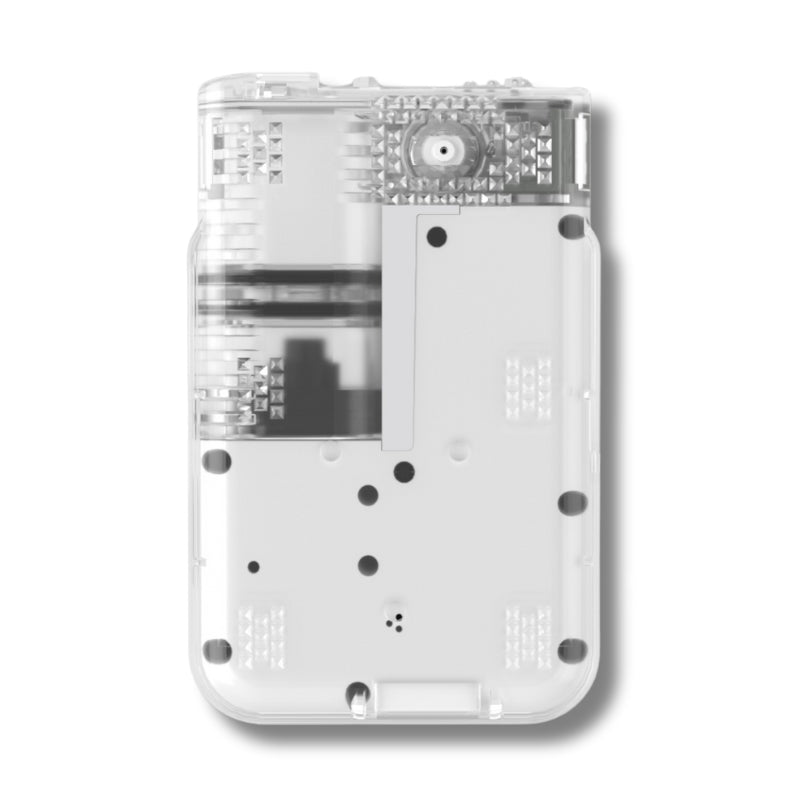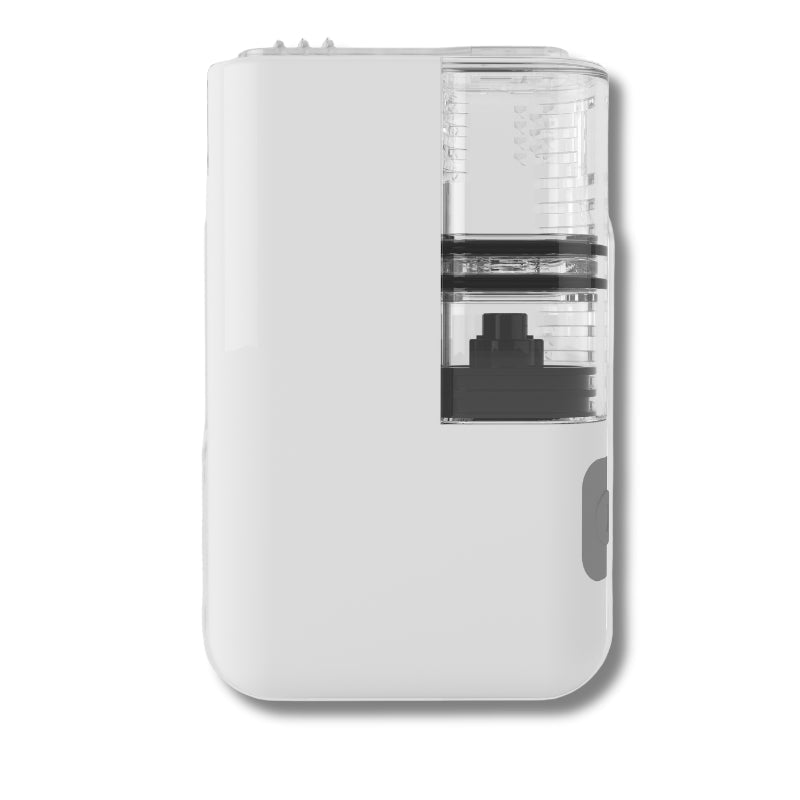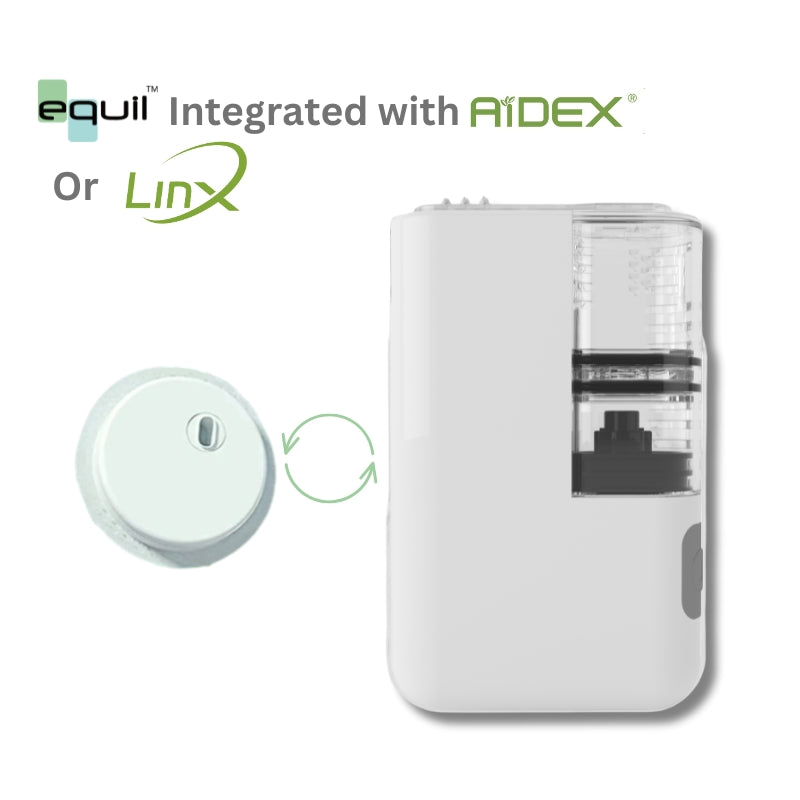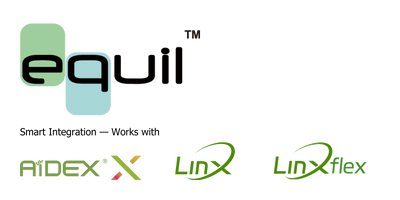Effortless Installation, Everyday Control
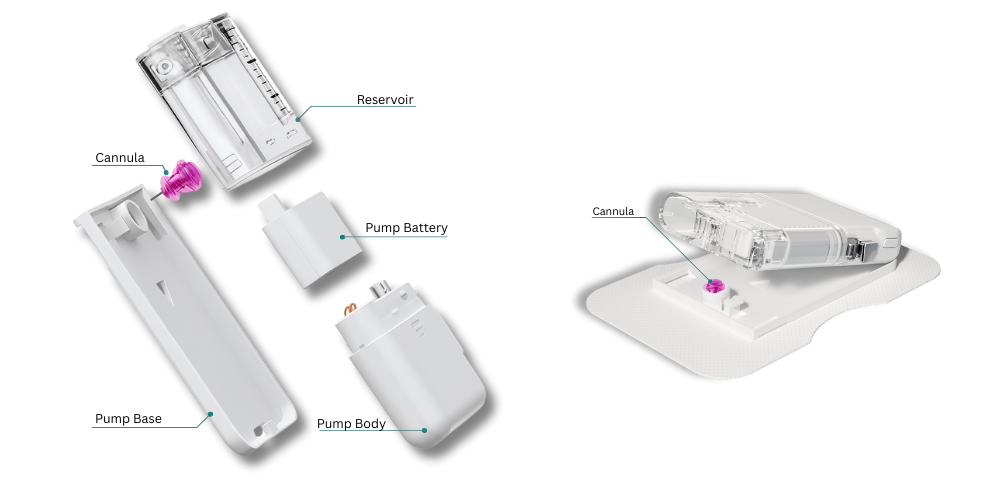
Step1: Prepare the Pump
Prepare the Pump: Fill the reservoir with insulin, insert a charged battery, and attach the reservoir to the pump body — your pump is now ready.
Step2: Apply & Connect:
Apply & Connect: Place the pump base on one of 10 comfortable body sites, use the inserter to place the cannula, and snap the pump onto the base for full system functionality.
Equil® Reusable (Non-Consumable) Components — Built to Last
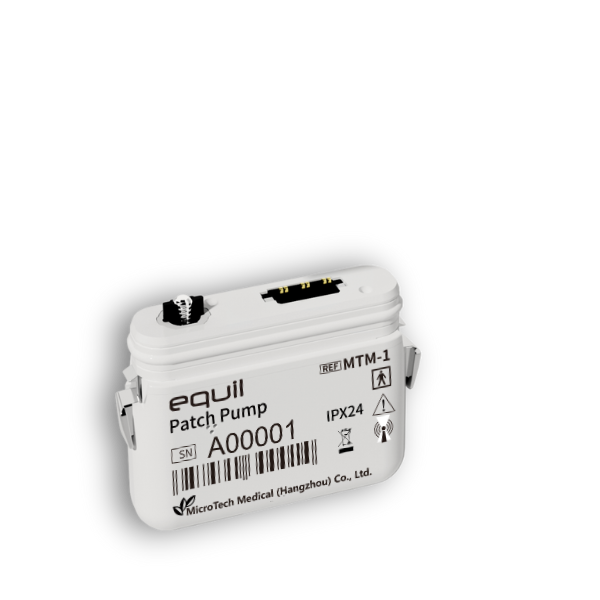
Pump body
4 Years warranty
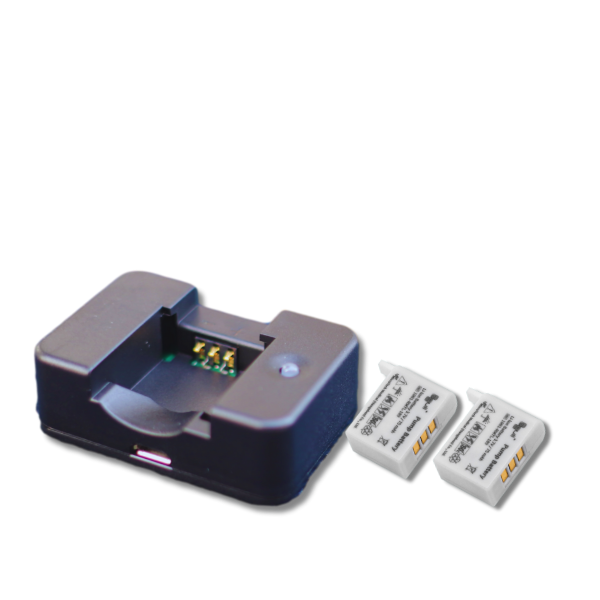
Pump's batteries and charger
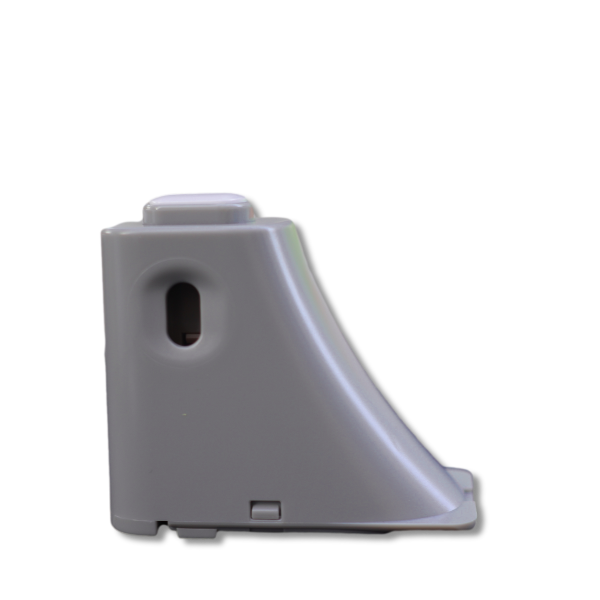
Cannula Inserter
4 Years warranty
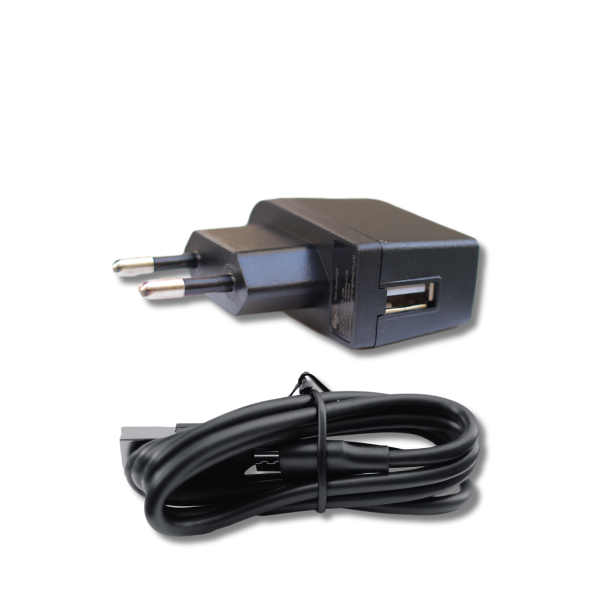
PDA charger and charging cable
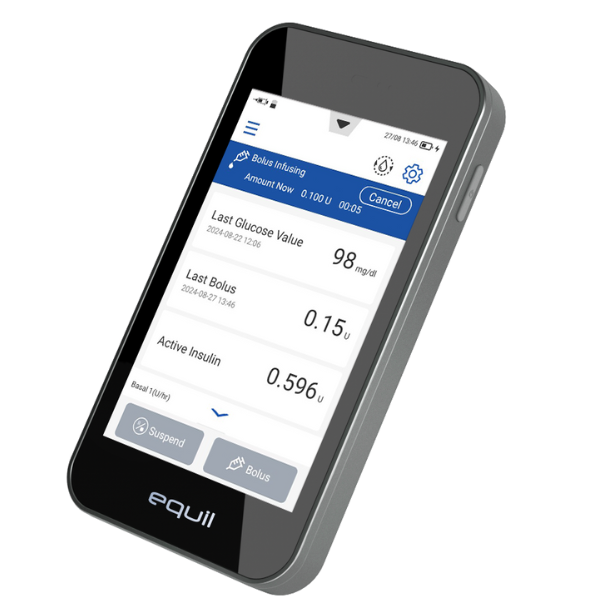
PDA ( personal diabetes Assistance)
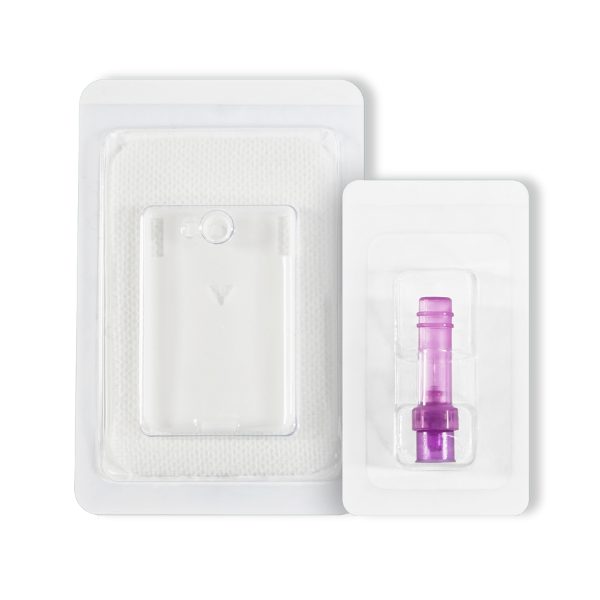
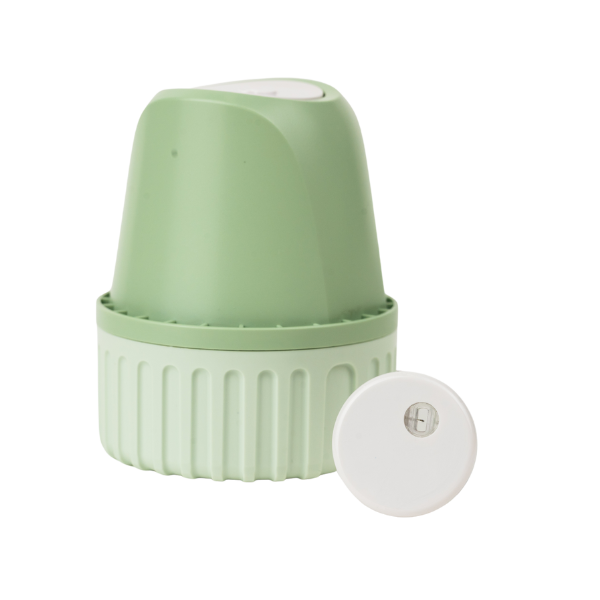
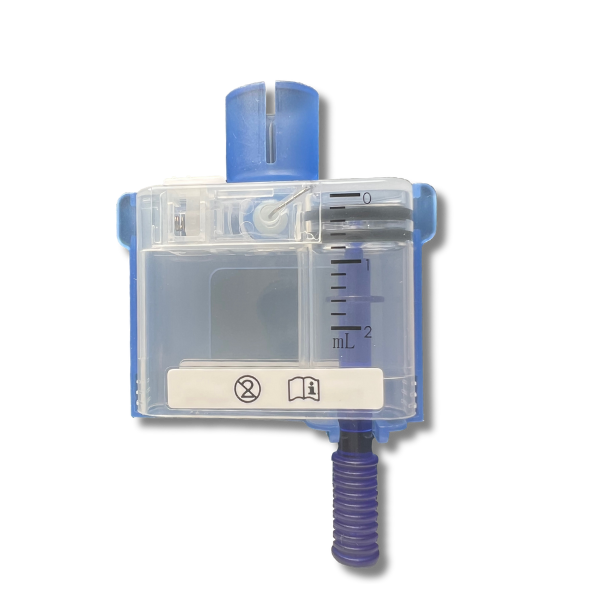
Equil® Consumables
Reservoir: Pack of 10; minimum replacement every 3 days — one pack ≈ 1 month.
Infusion set (pump base + cannula): Pack of 10; minimum replacement every 3 days — one pack ≈ 1 month.
CGM sensor: 15-day wear time — 2 sensors per month.
Equil® Support & FAQs
Equil® uses one insulin type—U-100 rapid-acting—and delivers it in two smart ways so you get round-the-clock control with mealtime flexibility.
- tiny, automatic micro-doses run 24/7 to act like long-acting insulin. In Auto Mode, Equil® adjusts basal up or down based on your CGM trends to smooth out highs and lows.
- before you eat, tell Equil® your carbs and it delivers a precise bolus. Auto Mode can’t guess meals, so pre-bolusing gives you the best post-meal results. If you skip it, the system will correct after it sees glucose rising—which isn’t as smooth.
Recommended Use: Equil® is designed for U-100 insulin only. For best results in Auto Mode, we suggest U-100 rapid-acting insulins such as Humalog®, NovoRapid®, or Apidra®.
Equil® uses a quick-swap pump battery engineered to reliably drive the mechanism through a full reservoir—i.e., it will deliver the entire 2 mL (200 U) reservoir regardless of whether you use it up in ~3 days or it lasts longer.
- typically about 1–1.5 hours (LED on charger: blue = charging, off = full).
- install a fully charged battery whenever you start a new reservoir, and charge the spare just before swapping to keep delivery seamless.
Equil® reservoirs come in 2 mL (200 U) and 300 µL (0.3 mL = 30 U) versions (U-100 insulin). Actual duration depends on your Total Daily Dose (TDD).
- 200 ÷ 50 = ~4 days of insulin capacity.
Best practice: replace reservoir + infusion set about every 3 days and rotate sites (even if insulin remains) to support consistent absorption and skin recovery. - 30 ÷ 70 = ~0.43 days ≈ ~10 hours.
This smaller reservoir is for lower needs/short durations; you’ll typically change it well before 3 days due to capacity.
Important: Regardless of capacity math, plan to change the reservoir and infusion set ~every 3 days and rotate infusion sites per your clinician’s guidance.
No long learning period. Equil®’s auto-disturbance rejection control starts delivering optimized performance from day one, without prolonged calibration.
Equil® continuously observes disturbances (like food, exercise, or stress) and automatically compensates in real time, helping smooth swings without constant micromanagement.
Equil® doesn’t just react—it anticipates trends and adjusts delivery proactively to help avoid overshoot/undershoot, aiming for steadier glucose.
Yes—Equil® is rated IPX8 (up to 1 meter for 1 hour when assembled), so it’s built for real life: showers, rain, and brief, shallow swims. After water exposure, simply rinse, dry, and inspect the pump. The PDA is IPX4 (splash-proof only), so keep it dry.
Good to know: Even if your PDA stays poolside, the pump talks directly to the CGM sensor, so closed-loop adjustments continue. Both the pump and sensor store readings, and when the PDA is back in range, everything syncs—no gaps in your data.
No. For live viewing and quick settings, the ideal PDA↔pump range is about ~2 meters, and obstacles can reduce that. But here’s the win: the pump communicates directly with the CGM sensor, so automation keeps running even when the PDA isn’t nearby.
When the PDA reconnects, both devices upload their stored measurements, so your history stays complete—no lost information.
No—Equil® is engineered to protect insulin quality during use. Several design choices work together so the insulin you load remains stable and effective until your scheduled change:
- The reservoir form a sealed system, limiting air, light, and contamination that can degrade insulin.
- Components that contact insulin are medical-grade and biocompatible, chosen to minimize adsorption and chemical interaction.
- The drive mechanism pushes in tiny, smooth micro-steps (not shaking or whipping), which helps avoid shear stress that could cause insulin to aggregate.
- Normal wear keeps insulin near skin/room temperature. Just avoid extremes (e.g., leaving the pump in a hot car or freezing conditions) and follow routine care—clean and dry after water exposure.
- Best practice is to replace the reservoir and infusion set about every 3 days and rotate infusion sites. This schedule supports consistent absorption and keeps insulin at its best.
Have More Questions? Reach Out to Our Customer Support Team for Assistance!
Our dedicated team is here to guide you every step of the way — from setup to everyday use.
Equil® SmartStart Training — Learn Fast, Pump Smarter

Module 1: Diabetes Education (Online) — Start strong, stay safe.
🛡️ Understand safety alerts, hypo/hyper action plans, and clinic rules before starting the pump.
Module 2: Nutrition (Online) — Carb-counting made confident.
🍽️ Learn food content, how to count carbs, and practice dosing for smarter meals.
Module 3: Technical Training — Equil® Pump & CGM Integration
📡 Part A (Videos, Online): System overview, safety features, alerts.
⚙️ Part B (Practical): Pump setup, reservoir filling/priming, infusion-set insertion & site rotation; CGM insertion, activation, pairing, and reading trends; alarm handling, troubleshooting, daily routines, travel/sick-day tips.
